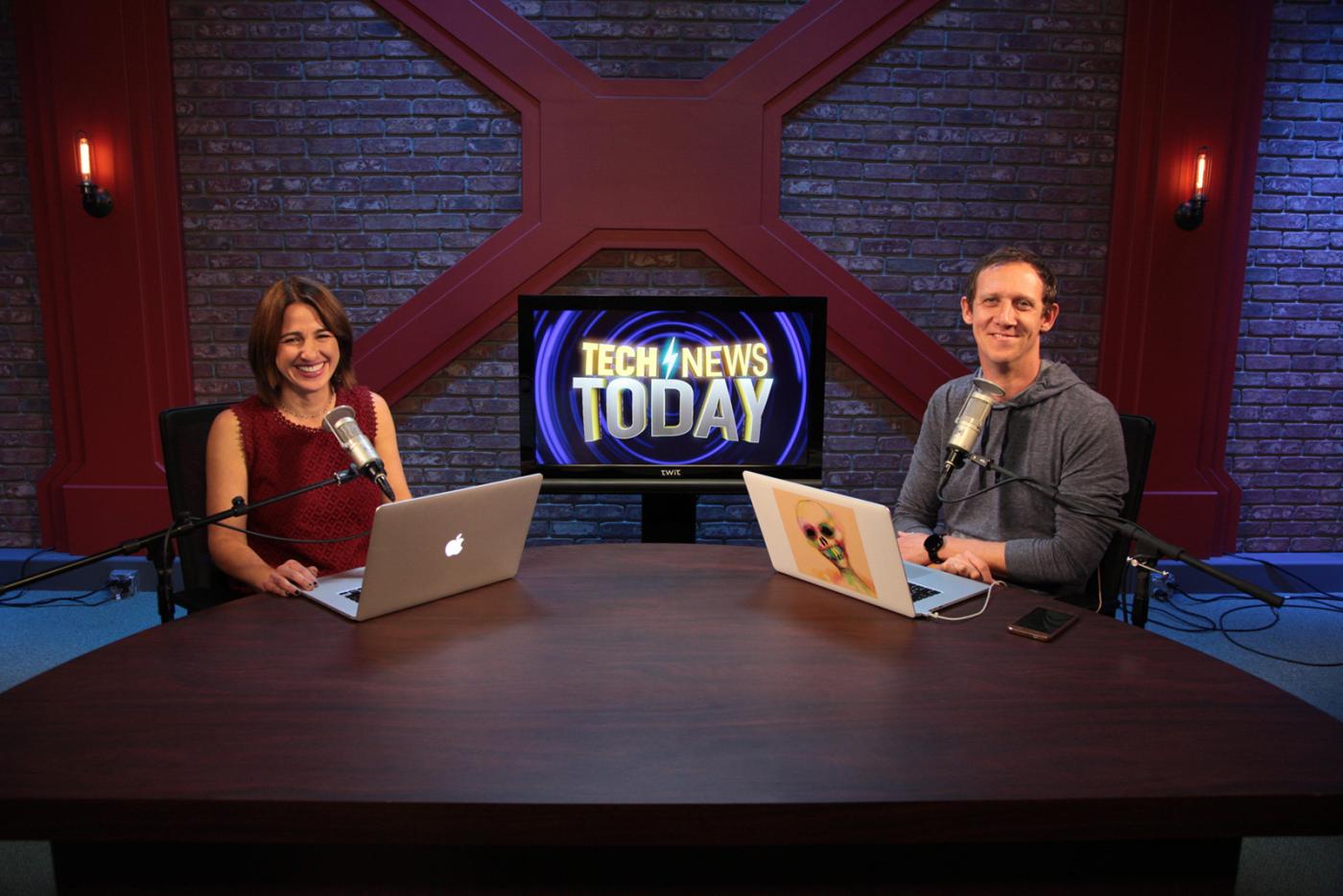tech news
The tech industry continues to evolve rapidly in 2024, with significant developments across various sectors, including artificial intelligence (AI), semiconductors, consumer electronics, and more. This article highlights key trends and innovations shaping the landscape, reflecting the resilience and dynamism of the technology sector.
1. Apple’s Dominance in Consumer Electronics
Apple remains at the forefront of consumer technology, with significant launches slated for the end of the year. The company is expected to unveil its highly anticipated M4-powered MacBook Pro and the iPad Mini 7 on November 1, 2024. The MacBook Pro, powered by the new M4 chip, promises enhanced performance and energy efficiency, continuing Apple’s focus on providing high-performance computing for professionals. The M4 chip is expected to set new benchmarks in the industry, with improved CPU and GPU capabilities.
Meanwhile, the iPad Mini 7 is expected to continue Apple’s dominance in the tablet market. Compact yet powerful, it is aimed at users who prefer portability without compromising on performance. These devices are poised to further cement Apple’s position as a leader in both the computing and tablet markets
.
2. The Semiconductor Industry’s Recovery
The semiconductor industry, which experienced significant disruptions during the COVID-19 pandemic, is slowly but steadily recovering in 2024. In January, global semiconductor sales increased by 15.2% year-over-year, reaching $47.6 billion. This growth was primarily driven by a surge in demand for components needed in AI applications and high-performance GPUs, such as those produced by Nvidia. Despite this positive momentum, the industry is still grappling with production delays and an overhang of excess inventory accumulated over the past two years
Several leading companies, including TSMC, Samsung, and Intel, are expanding their advanced packaging facilities,K TSMC has already begun constructing new plants in Kyushu in collaboration with Sony and Toyota, with total investments expected to exceed $20 billion. This move is seen as part of Japan’s broader strategy to revitalize its domestic semiconductor manufacturing capacity after years of decline
.
While AI-driven demand is helping the semiconductor sector bounce back, there are still significant challenges. Manufacturers like Samsung Electronics and SK Hynix have implemented strategic production cuts to mitigate the impact of low consumer demand in areas like memory chips. Nevertheless, experts predict that the semiconductor industry is on track for a more sustained recovery by the end of 2024
.
3. AI and Consumer Integration
Artificial intelligence continues to be one of the most transformative forces in the tech industry in 2024. One of the most exciting trends is the increasing integration of generative AI into consumer products. For instance, Nothing’s Ear (a) wireless earbuds, which were released in early 2024, have incorporated ChatGPT directly into their design. Users can interact with the AI assistant by simply pinching the stems of the earbuds, making it one of the first products to embed AI functionality so directly into everyday consumer electronics
.
Generative AI is not only being used to enhance user experiences in consumer gadgets but also in business solutions. AI-driven tools for content generation, design, and customer service are becoming more sophisticated, with companies racing to incorporate AI models that can address niche industry needs. This widespread adoption is predicted to accelerate throughout the remainder of 2024 as more companies realize the competitive advantages offered by custom AI models
.
4. Wearable Technology Innovations
Wearable tech has seen significant advances in 2024, with companies focusing on delivering more powerful devices with longer battery life. The OnePlus Watch 2, for example, has emerged as a standout in the smartwatch market. Unlike its predecessor, the Watch 2 utilizes a dual-operating system approach that allows it to last up to 100 hours in smartwatch mode. It uses a low-power real-time operating system (RTOS) for basic functions, while switching to a more power-hungry Wear OS only when full functionality is needed. This innovation sets it apart from competitors like the Apple Watch, which has traditionally struggled with battery life
.
As wearable tech becomes more integrated with AI, health, and fitness tracking capabilities are becoming more advanced, allowing users to monitor their well-being in real-time. This shift aligns with the growing trend of personalized health management, where AI algorithms analyze data collected from wearables to offer customized health insights.
5. Emerging Audio-Visual Technology
In the home entertainment space, LG’s CineBeam Q projector has made waves with its sleek design and 4K resolution. While most portable projectors in the market are made of cheap plastic, the CineBeam Q distinguishes itself with a premium aluminum case and a swiveling metal stand. Its ability to display content in full 4K resolution, along with smart TV functionality, makes it a standout for home theaters
.
Similarly, the Samsung HW-Q990D soundbar continues to push the boundaries of immersive audio with 11.1.4 channels and support for Dolby Atmos. With features that cater to both movie enthusiasts and gamers, including a 120Hz-compatible HDMI 2.1 port for next-gen consoles, it offers a truly immersive audio experience
.
6. Challenges and Opportunities Ahead
Despite these impressive developments, the tech industry is not without its challenges. The global economy remains uncertain, and supply chain disruptions continue to impact production timelines. However, the sector’s ability to adapt to new trends, such as the growing importance of AI and the increasing demand for semiconductors, highlights its resilience.
In addition, privacy concerns surrounding AI and the ethics of data use remain key issues for tech companies. As AI becomes more integrated into consumer products, companies will need to navigate the complex regulatory landscape to ensure user data is protected while still delivering cutting-edge features.
Conclusion
The tech landscape in 2024 is defined by a blend of innovation and recovery. With major product launches from companies like Apple, groundbreaking AI integration in consumer electronics, and a rebounding semiconductor industry, the sector is poised for an exciting year ahead. As companies continue to push the boundaries of what technology can do, the interplay between AI, semiconductors, and consumer electronics will shape the future of the industry.



